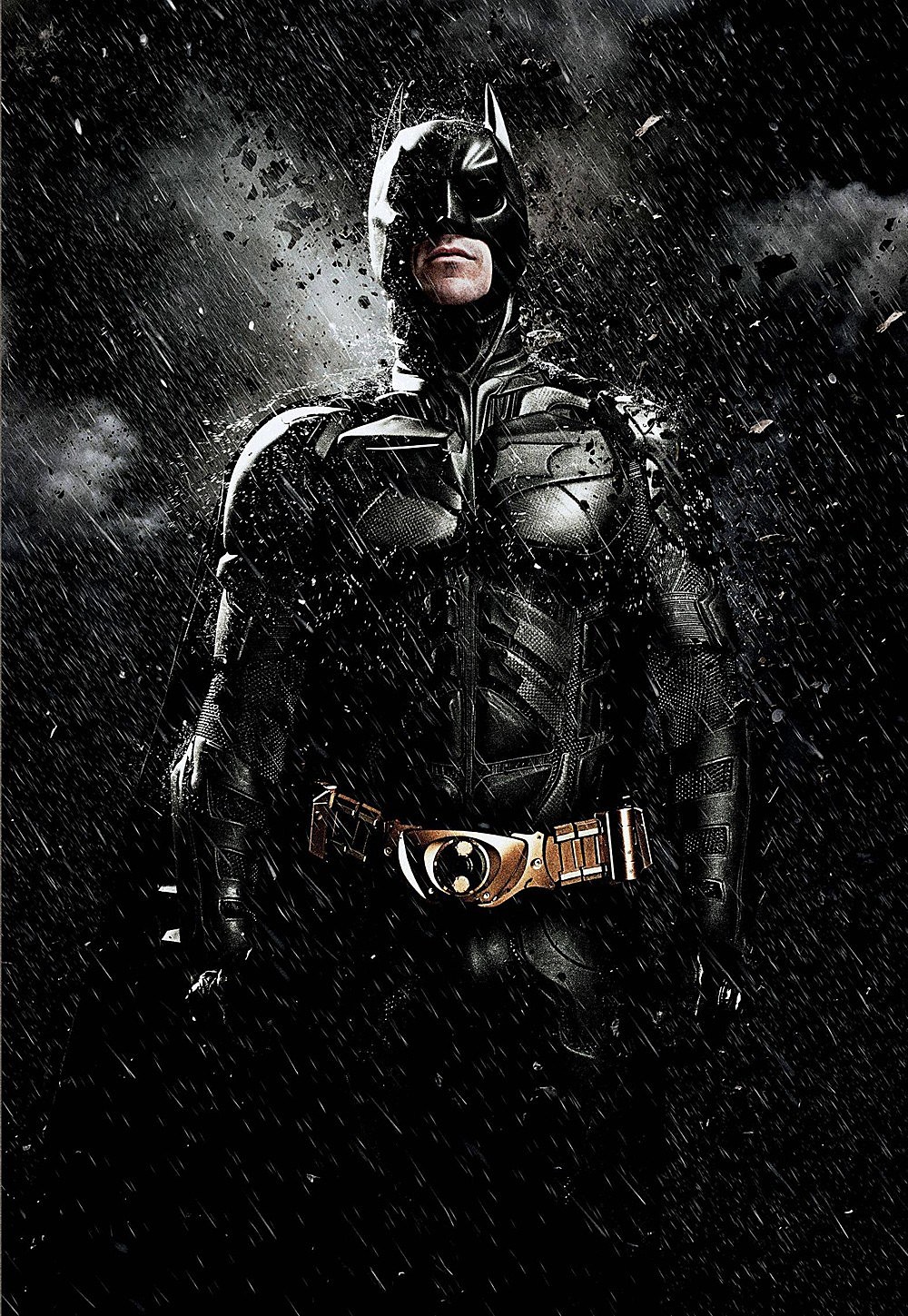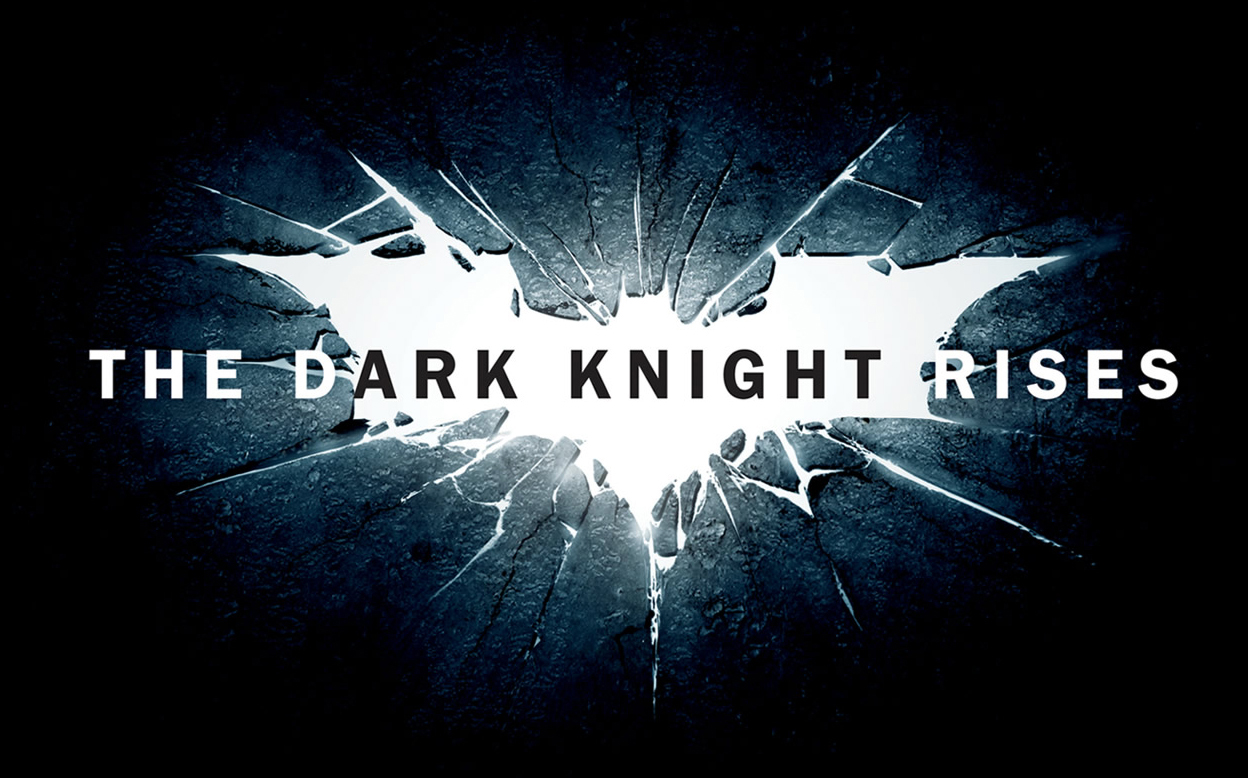The art of color and light
Data: 4.03.2018 / Rating: 4.8 / Views: 527Gallery of Video:
Gallery of Images:
The art of color and light
Watch videoNorth Carolina Museum of Art Presents You Are Here: Light, Color, and Sound Experiences and Related Events North Carolina Museum of Art Opens You Are Here: Light, Color, and Sound Experiences in April 2018 A researched study on two of art's most fundamental themes, Color and Light bridges the gap between abstract theory and practical knowledge. Beginning with a survey of underappreciated masters who perfected the use of color and light, the book examines how light reveals form, the properties of color and pigments, and the wide variety of. Color as Light The development of color and light as a subject and medium in art. Color Therapy Color therapy (also known as chromotherapy ) is an exciting new form of healing brought forward from the Atlantean teachings, and is complimentary to such modalities as kinesiology, acupuncture and other natural healing modalities. Choosing a Light Bulb for Your Art Studio. The color of the light that illuminates the painting and the palette changes the visible hue, value and chroma of the paint. Painting with a standard incandescent light bulb is like looking through a yellow filter. Knowing the 7 elements of art (line, shape, form, space, texture, value and color) allows you to analyze, appreciate, write about, and discuss art. James Gurney, New York Times bestselling author and artist of the Dinotopia series, follows Imaginative Realism with his second artinstruction book, Color and Light: A. The Storytelling with Color Light course was designed for both digital and traditional artists with beginner and intermediate knowledge of the subject of color and light who are looking to understand what is needed to make their artworks more appealing and believable. The medium The color as it exists as a pigmentcolorant (such as the color of a tangible object) or as light (such as the color of an image on a television screen). The sender How the color is transmitted. Color and Light We tend to think of objects as having fixed colorsan apple, for example, is red. In reality, an objects appearance results from the way it reflects the particular light that is falling on it. Shop picture lights for individual lighting for artwork, framed pictures, and wall decor at LightingDirect. Free shipping on most products. We offer the lowest prices on all products. We perceive color just as we perceive taste. When we eat, our taste buds sense four attributes: sweet, salty, sour and bitter. Point at the foods below and distinguish their different taste attributes. Similarly, when we look at a scene, our visual nerves register color in terms of the attributes of. Understanding the psychological and symbolic effects of color, and color theoryhow colors relate to each othercan be a powerful tool not just in art, design, and advertising, but also in home decorating and personal style. A basic knowledge of color can strongly enhance anyones life. The Art of Color and Light is an exploration in the properties of color and light under a variety of conditions. This is an essential stage in concept art that develops mood and communicates the narrative of the story by means of visual cues. Art Fundamentals: Color, Light, Composition, Anatomy, Perspective, and Depth [Gilles Beloeil, Andrei Riabovitchev, Roberto F Castro, 3dtotal Publishing on Amazon. FREE shipping on qualifying offers. A broad understanding of the fundamental concepts, conventions, and theories of art is essential when it comes to producing a successful piece of work. story, an art appreciator who examines line, color, space, light, and shape and their roles in a given work of art will be able to stand with the artist and think about how they made the artwork work. First, a little background about tints, tones, and shades. Stated simply, these color variations are created by adding white, gray, or black to a hue (or pure color) to alter its lightness. More specifically: I like to apply tints, tones, and shades to hues in sets of five. It includes the study of the perception of color by the human eye and brain, the origin of color in materials, color theory in art, and the physics of radiation in the visible range (that is, what is commonly referred to simply as light Color is the aspect of things that is caused by differing qualities of light being reflected or emitted by them. To see color, you have to have light. When light shines on an object some colors bounce off the object and others are absorbed by it. Our eyes only see the colors that are bounced off or. Bob MillerLight Walk; the light reflecting from that spot to your eyes is called an additive mixture because it is the sum of all the light. We can learn about human color perception by using colored lights to make additive color mixtures. Adjust the distance until you see three distinct. The Seven Color Contrasts LightDark ColdWarm Complementary Simultaneous Saturation Extension Color Mixing when Seurat said 'Art is harmony, he was mistaking a means of art for its end The Elements of Color. How to Light Art Glass Lighting for Art Guide Tips for how to light art glass, artwork, and glass sculpture. Artificial Light Color Temperature. Color temperature is also an important part in the quality of the light. If two colors match in one light source, but due to color inconstancy of one or both of the objects, the same colors do not match under a different light source, this phenomenon is called metamerism. he Art of Color and Light is an exploration of the properties of color and light under a variety of conditions. This is an essential stage in concept art tha The Elements of Art: Color. Color is what we see because of reflected light. Light contains different wavelengths of energy that our eyes and brain see as different colors. When light hits an object, we see the colored light that reflects off the object. Light definition is something that makes vision possible. How to use light in a sentence. Synonym Discussion of light a light or pale color usually plural the representation of light in art. 16: a flame for lighting something (such as a cigarette) Why Art, Light, and Color Matter (the science) The creative use of visual art, light, and color can dramatically change the hospital environment. These elements help to transform surroundings from drab, dreary, and uninviting to vibrant, cheery, and bright. Crayola Color Change Light Up Shadow Art Maker Set Please subscribe my channel: like and share video see too more video Thank you. Gurney cuts though the confusing and contradictory dogma about color, testing it in the light of science and observation. A glossary, pigment index, and bibliography complete what will ultimately become an indispensible tool for any artist. Color is the element of art that refers to reflected light. Color theory is defined as a theory because it cannot be proved. Theories are generally accepted, despite the fact that they cannot be proven. Laws are accepted because they can be proven. There are volumes and volumes of information. The Science of Light provides handson activities for teachers and their students who are exploring light, color, reflection, refraction, etc. Thrill your walls now with a stunning Color Photography print from the world's largest art gallery. Choose from thousands of Color Photography artworks with the option to print on canvas, acrylic, wood or museum quality paper. Choose a frame to complete your home today. Being part of Light Art Collection enables me to show my art in different venues all over the world. Aleksandra Stratimirovic Light artist In the municipality of Norrkping, we are happy and proud of all the professional help we receive from Light Art Collection. Thankfully, Color and Light is not that sort of book. Instead it is a wonderfully useful guide to how color and light works and how to incorporate them into your artw. Color and Light: A Guide for the Realist Painter (James Gurney Art) Paperback 9 Dec 2010 by The interaction of one color with another can achieve both highly dramatic as well as subtle glowing effects in your art. Understanding the potent interrelations of color and light on the textures of the surfaces of what we see everyday is essential to the artist. (noun) Color is the element of art that is produced when light, striking an object, is reflected back to the eye. There are three (3) properties to color. First is hue, which simply means the name we give to a color (red, yellow, blue, etc. Hue, Value, Saturation What is color? In short, color is the visual byproduct of the spectrum of light as it is either transmitted through a transparent medium, or as it is absorbed and reflected off a surface. a look at tone in abstract art. Tone is another important factor when considering color in art. Tone refers to how light or dark the color is. A painting with mainly light tones will feel softer than a painting with mainly dark tones. The Role of Color in Art (or, How to Use Color to Enhance a Painting) Value: light to dark. The hue of a color is not the same seen in light as seen in shadow. I have sampled from this blue ball five areas to show how the hue is different depending upon to what degree it is in direct light. One rule of thumb: cool light produces warmer. I love exploring light in my art with pastel and charcoal how light playfully interacts with colors and how light and Light and Color in Art An Illustrated Lecture by William Woodward, Artist and Prof. Emeritus, The George Washington University Tuesday, June 21, 2016 at 5: 30pm Nan Tucker McEvoy Auditorium Smithsonian American Art Museum and National Portrait Gallery 8th and G Streets NW, Washington, DC LED Lighting for Museums and Galleries. As an LED Source employee, some of my favorite clients to retrofit to LED are museums and galleries. The difference with what we do is that we continually strive to work with manufacturers and products that achieve the highest standards for color temperature, which is very important to the art world. People who spend a lot of time in museums and. This second part of a twopart series on lighting basics touches upon the multiple ways color and lighting are inextricably linkedfrom the science of color and light to. Color as a Visual Element of Art. WASSILY KANDINSKY ( ) Autumn Landscape with Boats, 1908 (oil on board) The Visual Element of Color has the strongest effect on our emotions. It is the element we use to create the mood or atmosphere of an artwork. Picture Lights are primarily used to light fine art in museums or art galleries, but are becoming more and more common in homes and offices as well. Art Lights are very commonly used amongst avid art collectors because an art light can help bring some of the darker parts of the art piece to light. For centuries, those of faith have admired the stained and art glass windows in houses of worship. The changing daylight streams through the glass, shifting colors and bringing life to the windows figures and forms while projecting plays of color and light throughout the interior spaces. The association of art glass with religious architecture has [ The elements of art are components or parts of a work of art that can be isolated and defined. They are the building blocks used to create a work of art. Color has three main characteristics: hue (red, green, blue, Light colors often describe a light source or light reflected within the composition. In this
Related Images:
- Nickelback long road
- 2000 dvdrip castellano
- Tamil movie e
- Yardbirds live jimmy page
- True detective s01
- Jan kounen other worlds
- Pc final fantasy viii
- Shadow of your smile
- Hell on wheels complete season 3 720p
- Yify 720p 199
- Top gear uk 2014 november
- Arthur 2011 yify
- Game of thrones nl subs 3
- Vol 6 familie
- Brosalino Co
- X art 1080p seeing double
- Sessions 11 ministry of sound
- Anjunadeep 01 essentials
- Bigasoft audio converter
- Data recovery enterprise
- Careful what u wish
- Sponge bob square pants dvd
- Windows 81 update pre activated
- Images for website
- Pirate of the caribbean black pearl
- Hopeless colleen hoover
- The rose killer
- Annies coming out
- Prison break season 1 subtitle arabic
- Nicholas sparks pdf epub
- Tough Love Best of the Ballads
- Penny pax carter cruise
- The orange is the new black s01e01
- Vegas 1080p s01e14
- Jugando con Nekane
- Jazzmatazz guru vol 2
- Xblaze code embryo
- Home networking bible
- The good wife s05 480p
- Doctor who season 7 christmas special
- Dawn of the plant
- The americans 2013 s01e13
- The good lie 2014
- The first perspective
- Nba finals game 1995
- The legend of korra 4 season
- Black socking heaven
- El quinto mandamient
- Permanen activator windows 81
- Maarten t hart
- I hear your name
- Journey to the center of earth 2
- Spiderman 2004 hindi
- WATCH YOUR STERN
- Halfway house 1944
- Kathia nobili 2014
- Adobe muse book
- Party crasher 2012
- Html5 javascript
- Truck simulator Android
- Brighton rock 720
- Prince game for pc
- The deathly hallows part 2
- Pokemon Indigo League 18
- Buffy season 1 episode 1
- Battle royale english subtitles
- Final destination 3 sub nl
- The icicle works
- Pat Mike
- Oxford handbook for the foundation programme
- Gap dong
- Blame feat john newman
- Chronicles narnia dvd
- Letter from the front
- Payday 2 mp fix
- Hell on wheels s4 e1
- T pain twista lil wayne
- Flo rida in my mind
- Psi
- The Transformers Monstrosity
- Suits season 4 lol
- Journey to the center of earth 2












